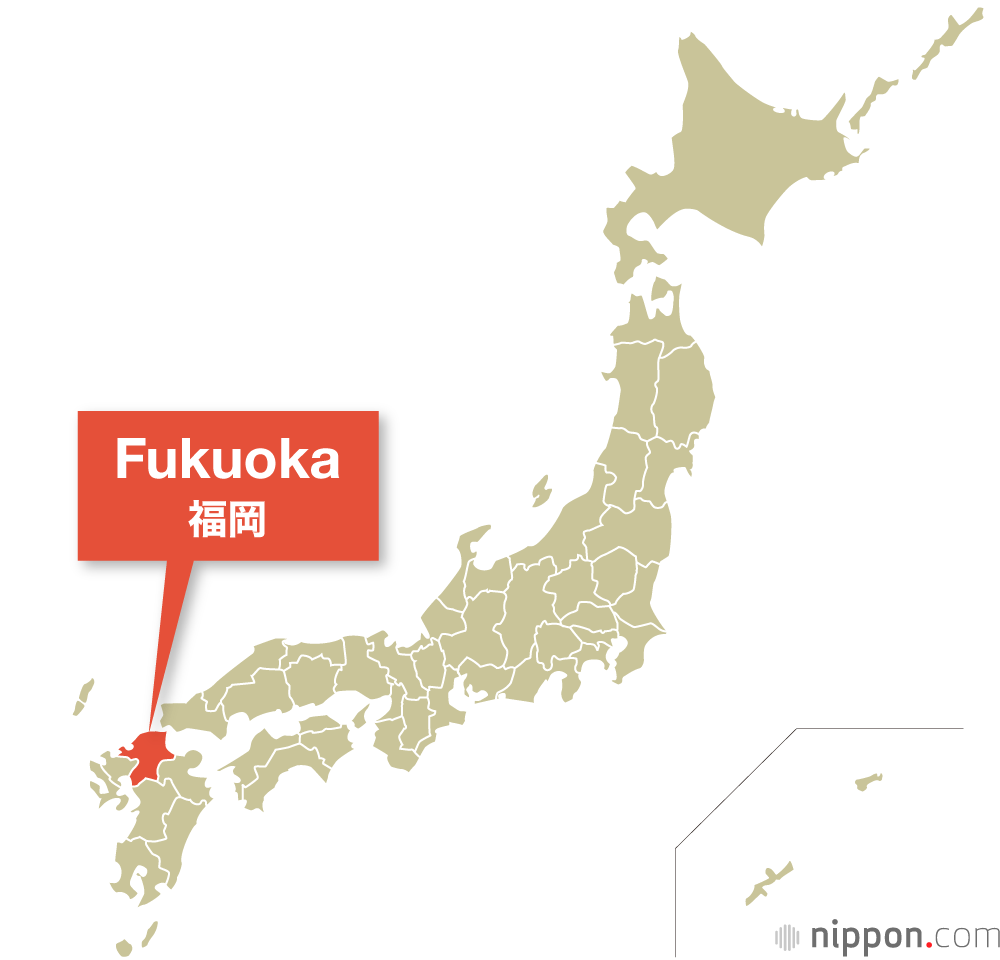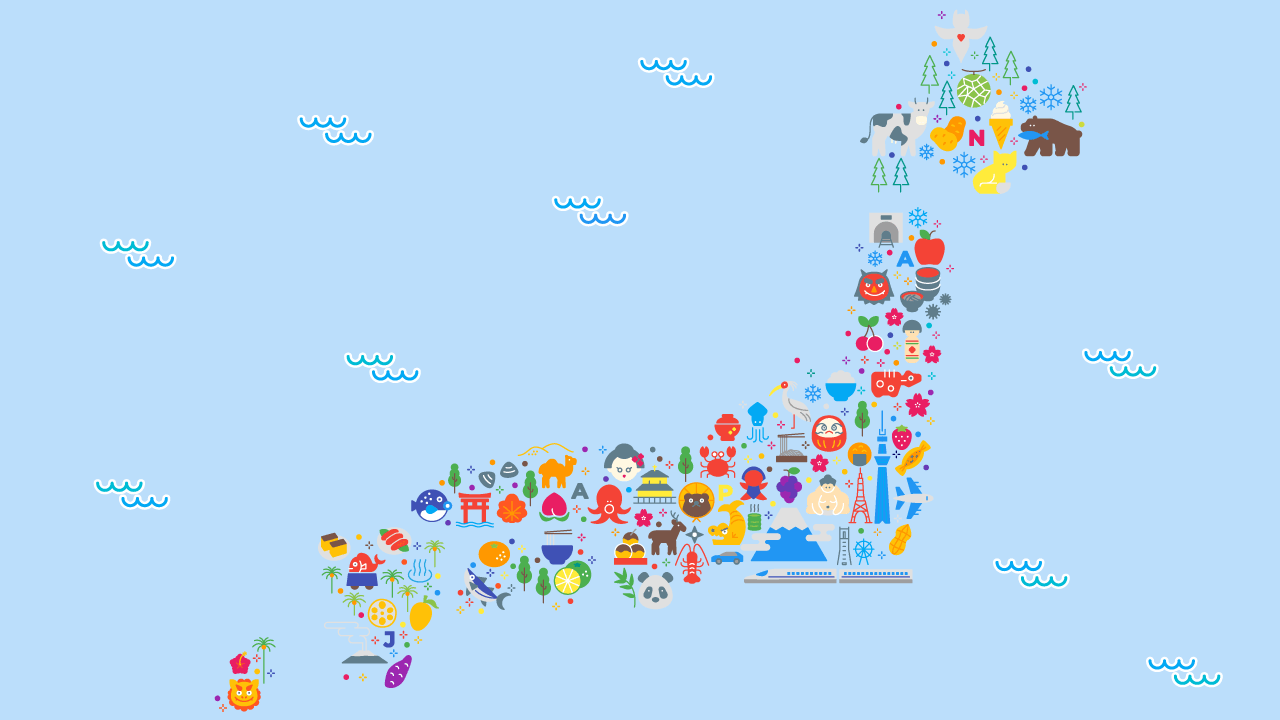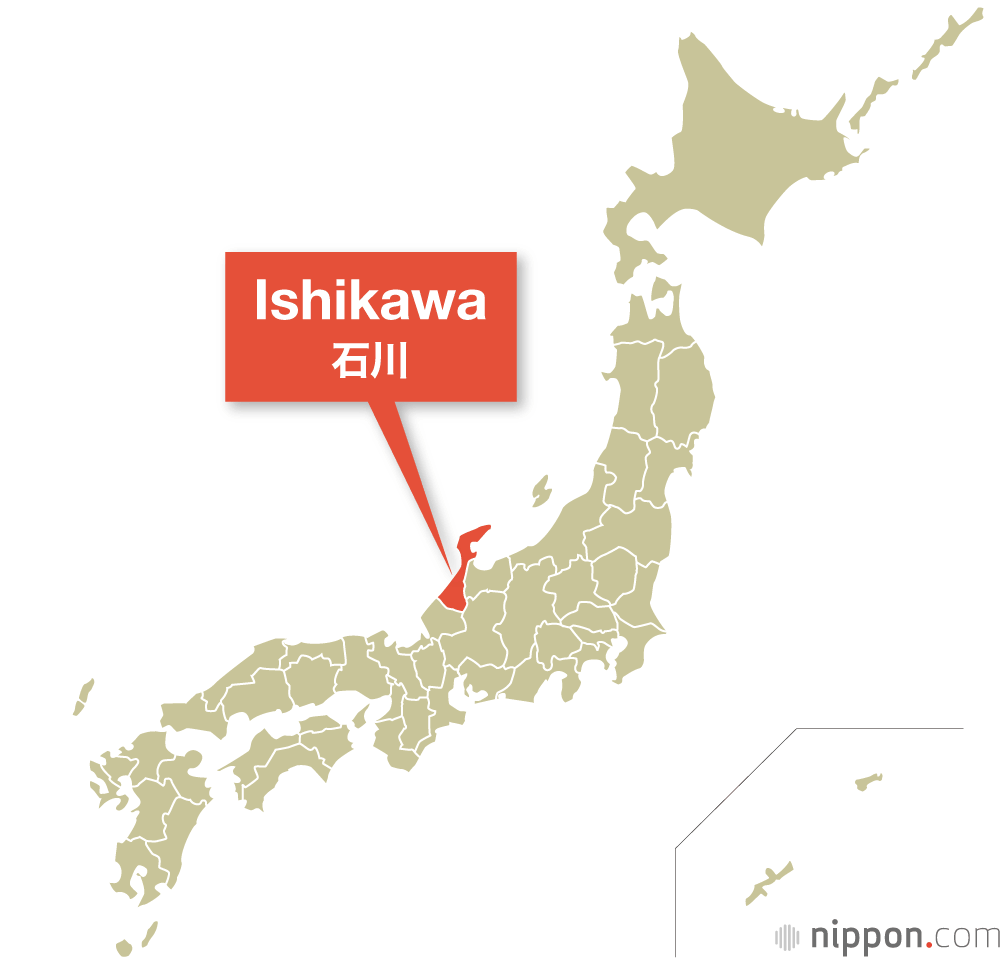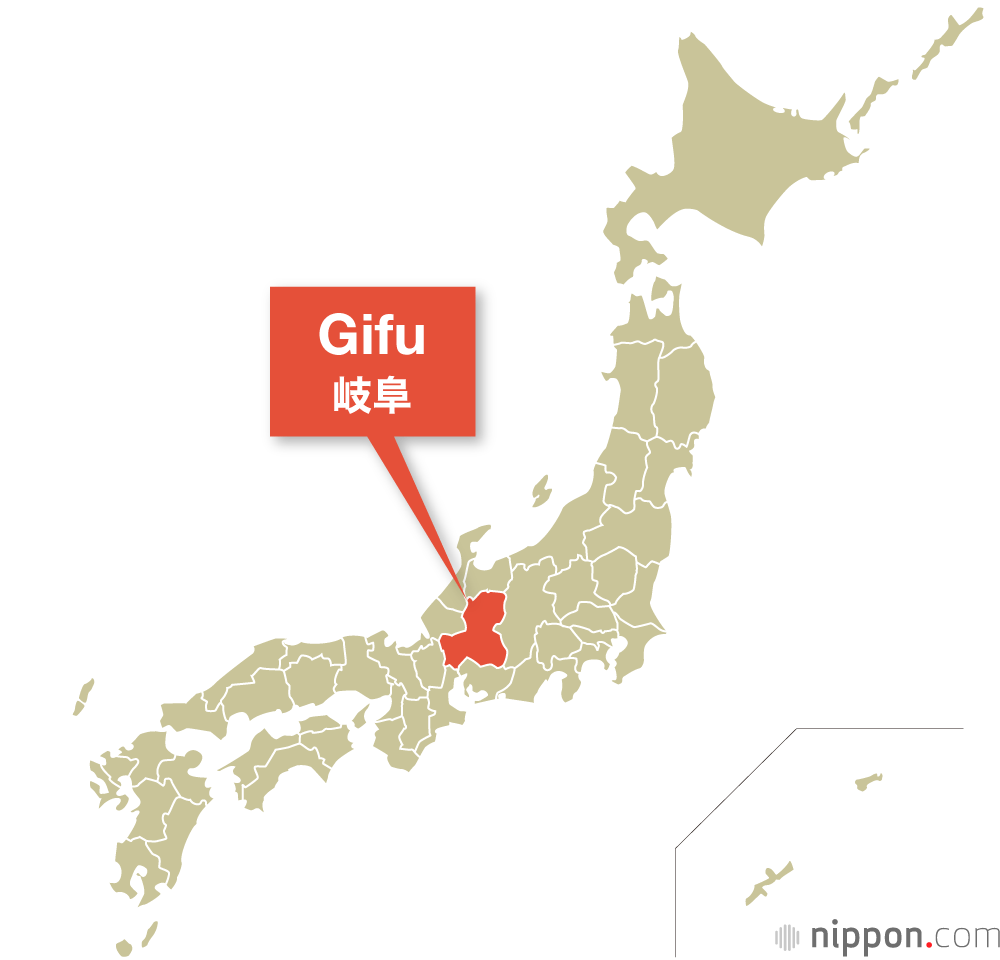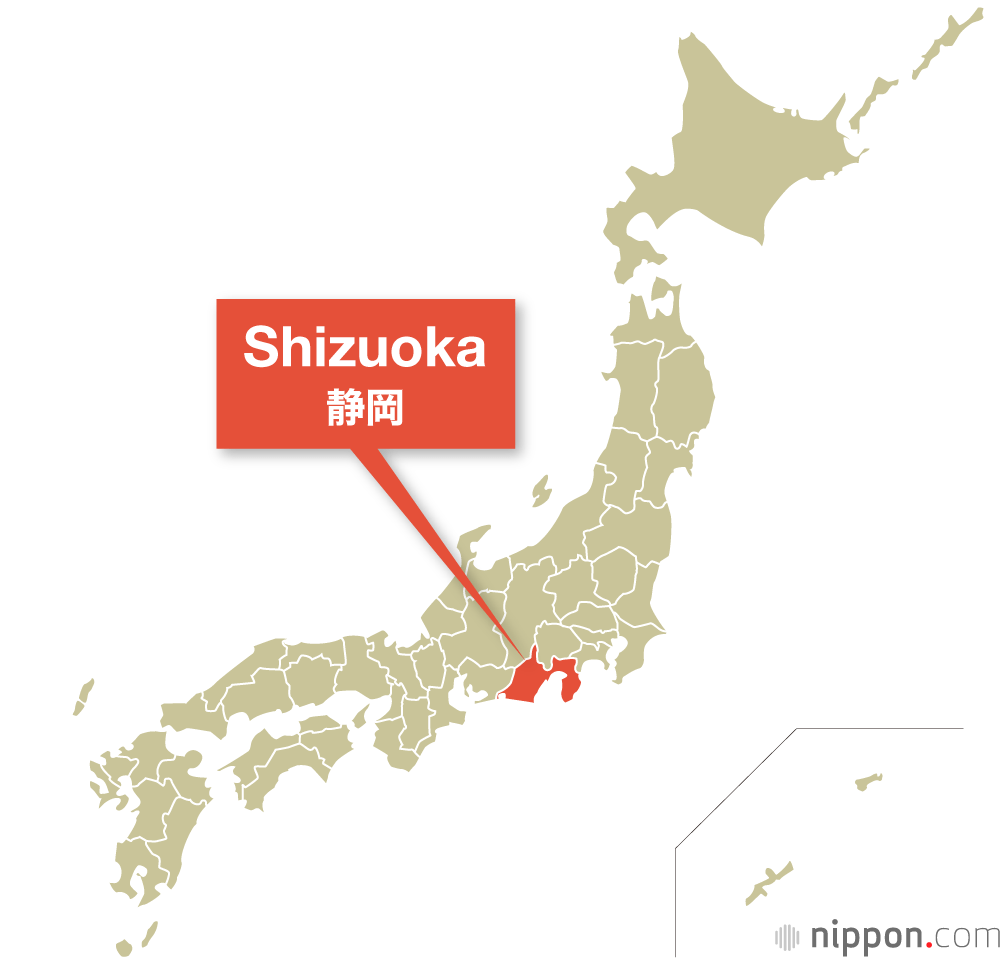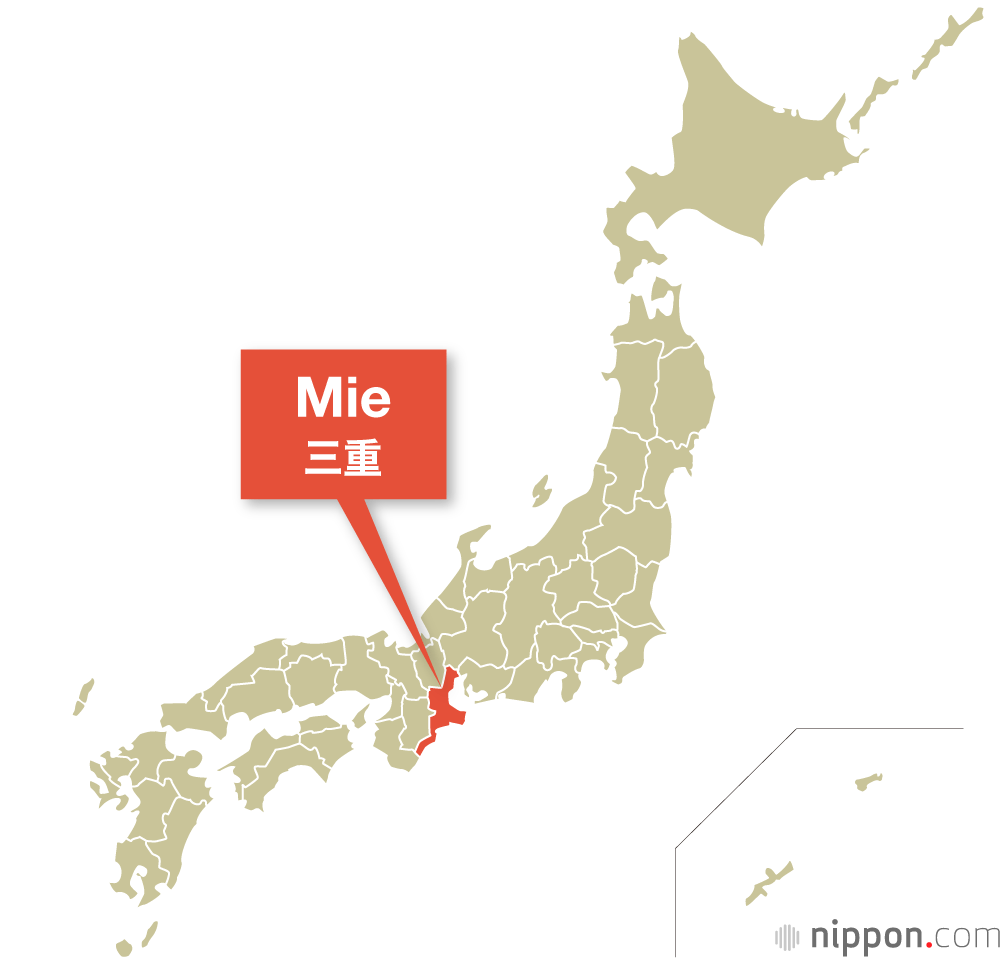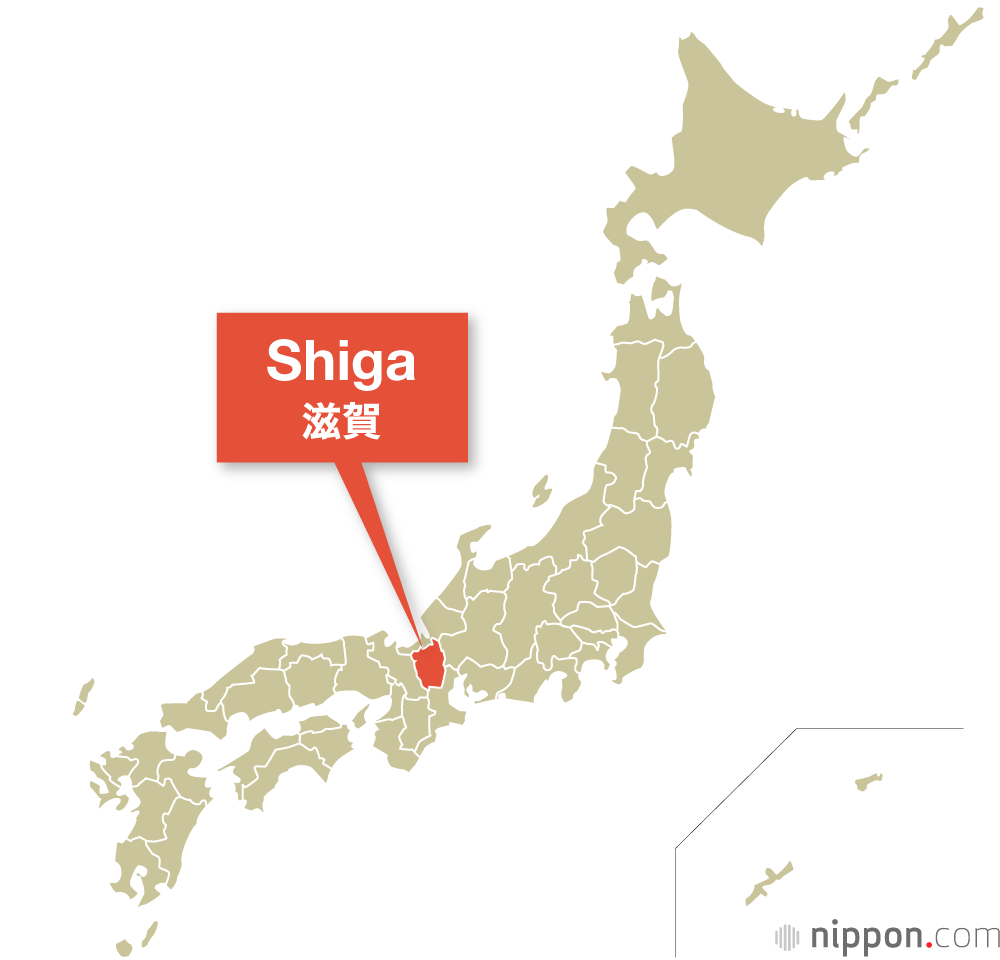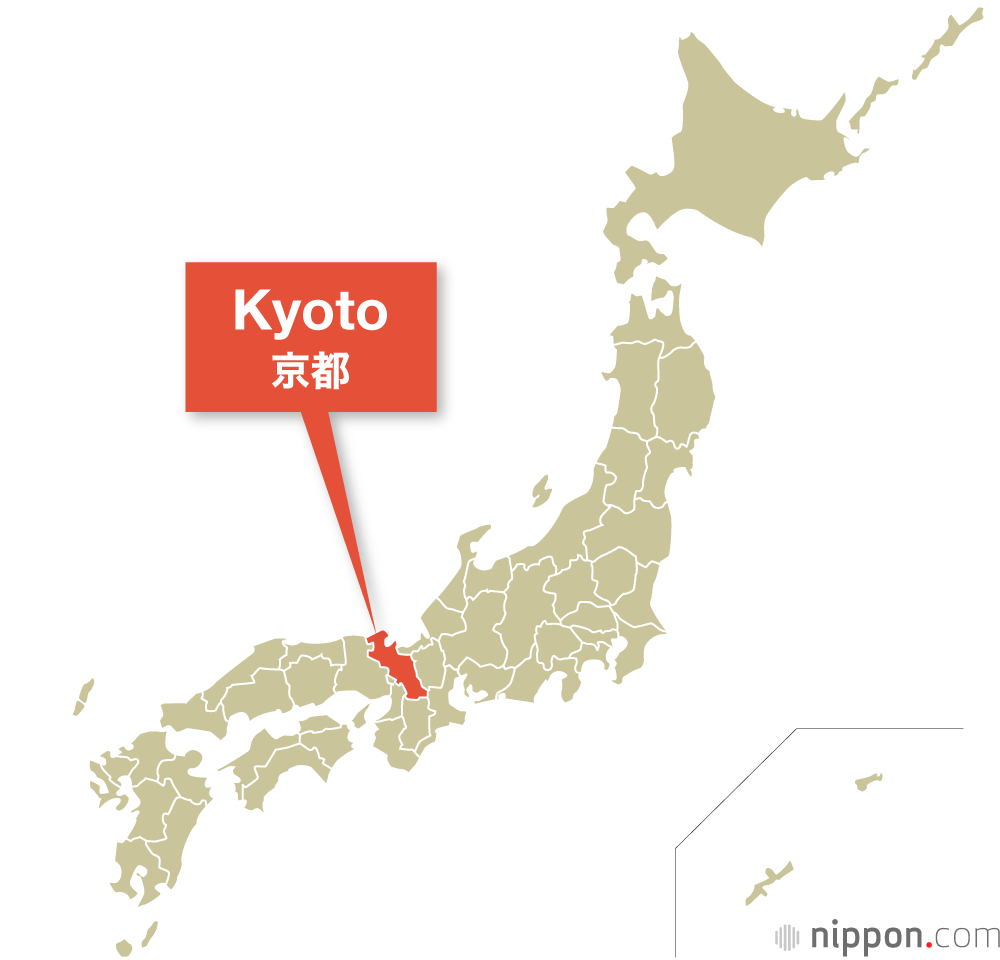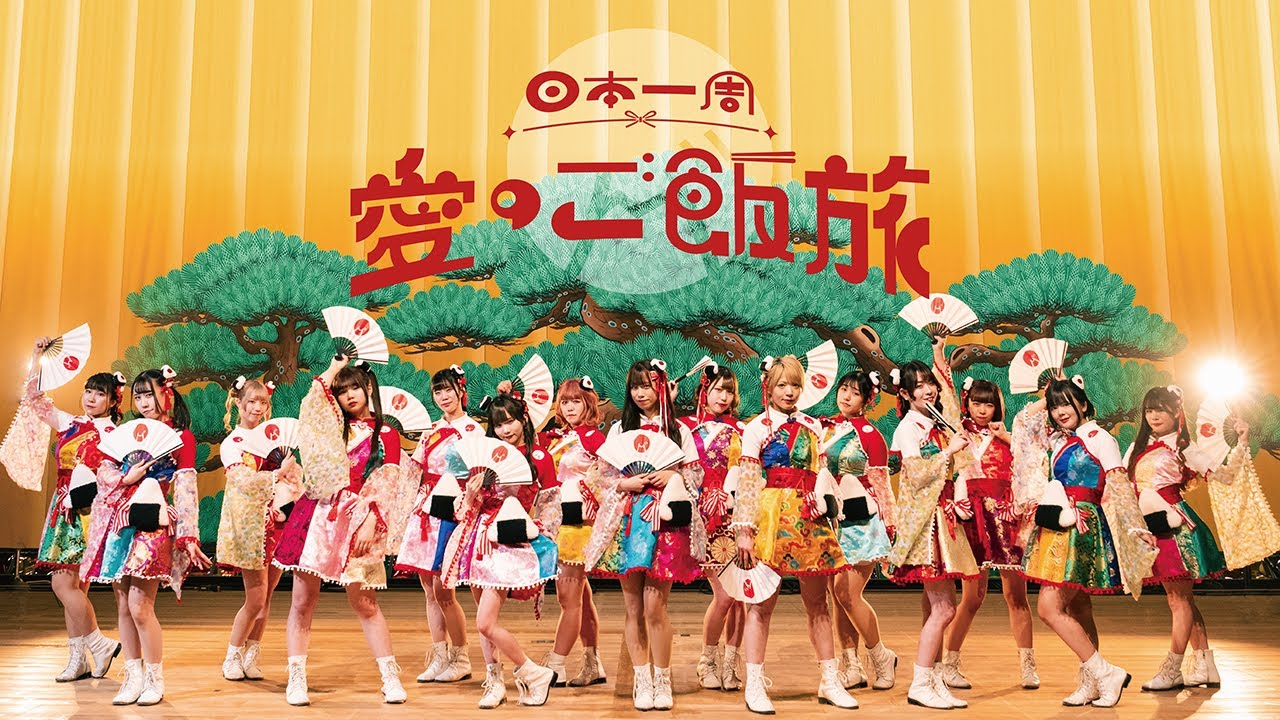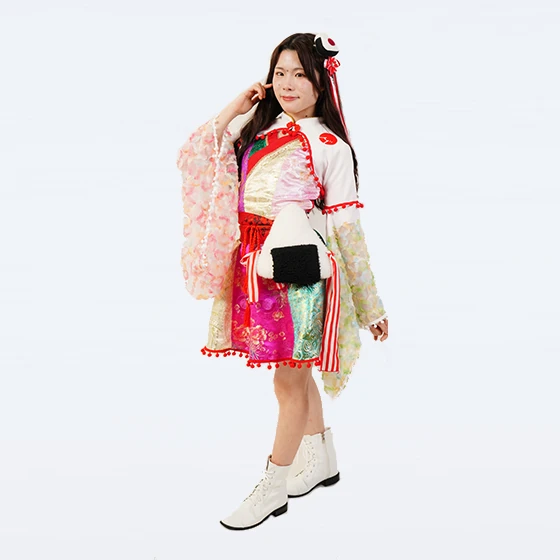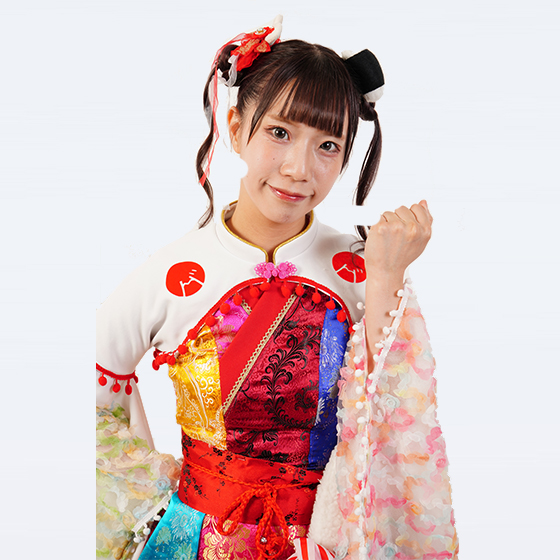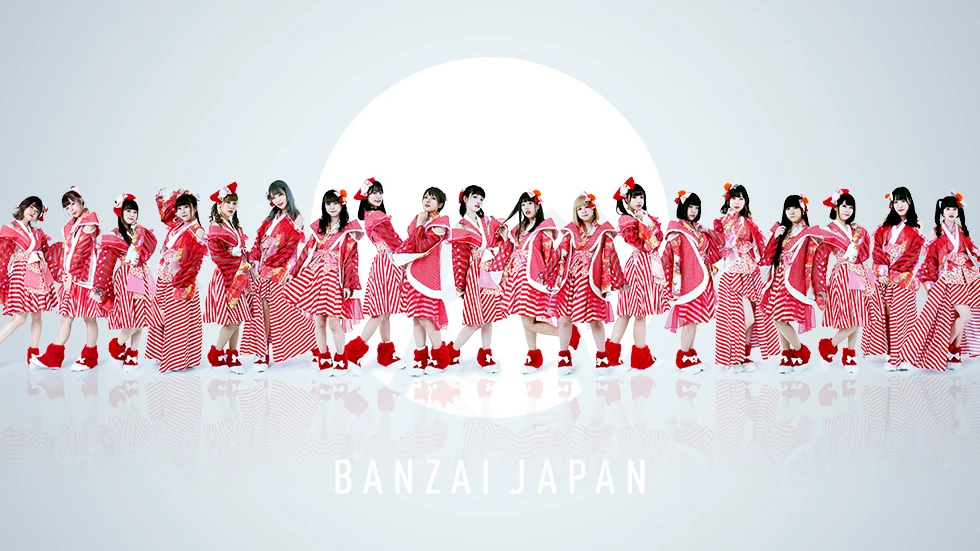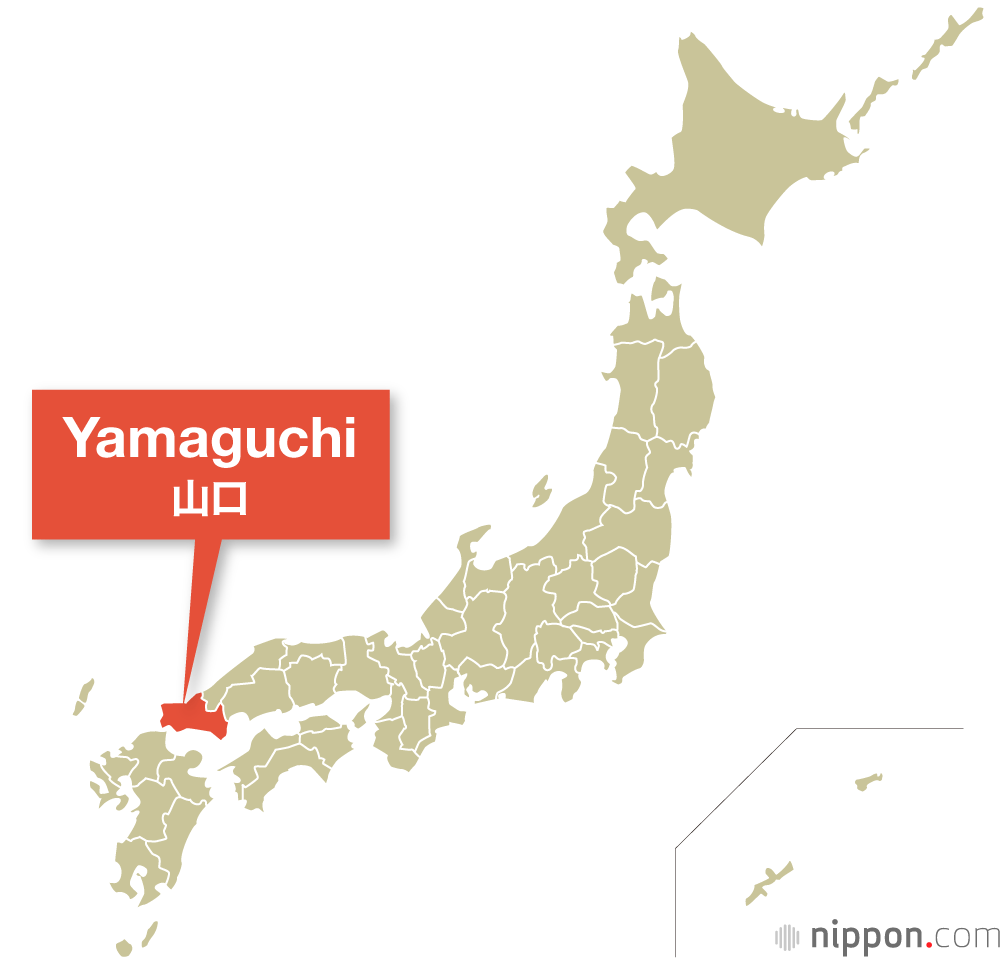
The Prefectures of Japan Yamaguchi Prefecture
Yamaguchi Prefecture https://youtu.be/m3F_DvV7PsM?si=XXILNDgJxOE79W7Y Advert Yamaguchi Prefecture, at the western end of Honshū, is known for its natural attractions, its fugu pufferfish cuisine, and historic sites like the five-arched Kintai Bridge. Yamaguchi Prefecture is situated on the westernmost tip of Honshū in the Chūgoku region. It borders Shimane and Hiroshima Prefectures to the east and has a long, rugged coastline stretching from the Sea of Japan in the north to the Seto Inland Sea in the South. The inland is dominated by forested mountains. Yamaguchi Prefecture at a Glance Established in 1871 (formerly Suō and Nagato provinces) Capital: Yamaguchi Population: 1,342,000 (as of Oct. 2020) Area: 6,113 km2 The prefecture’s rich natural beauty and historical sites make it a popular tourist destination. There are the karst landscape and limestone caves of the Akiyoshidai plateau in the west, steep cliffs along the rocky northern coast, and numerous offshore islands in the calm Inland Sea waters. The city of Iwakuni is home to a feudal castle and the picturesque five-arched Kintai Bridge dating from the early Edo period (1603–1868). Industry is concentrated along the Seto Inland Sea coast and includes leading manufacturers in fields like iron and steel, chemicals, and machinery. The quaint city of Hagi in the north has long been a center of pottery. Yamaguchi’s robust agricultural sector produces a diverse array of fruits and vegetables along with staples like rice and high-end wagyū beef. The long coastline benefits the prefecture’s fisheries, which bring in such delicacies as fugu pufferfish and pike conger. Yamaguchi’s official PR character Choruru. Its peaked head represents the mountains of the prefecture, while the green, orange, and red colors symbolize Yamaguchi’s nature, cuisine, and history, respectively. Famous Figures Itō Hirobumi (1841–1909): Japan’s first prime minister and author of the Meiji Constitution. Uno Chiyo (1897–1996): Influential novelist and short-story writer known for her autobiographical fiction. Works available in English include Ohan, for which she won the prestigious Noma Literary Prize, and Irozange (trans. Confessions of Love). Abe Shinzō (1954–2022): Politician who represented Yamaguchi and Japan’s longest-serving prime minister (2006–7, 2012–20), felled by an assassin in 2022. https://www.youtube.com/watch?v=qFT-BvImF9M

